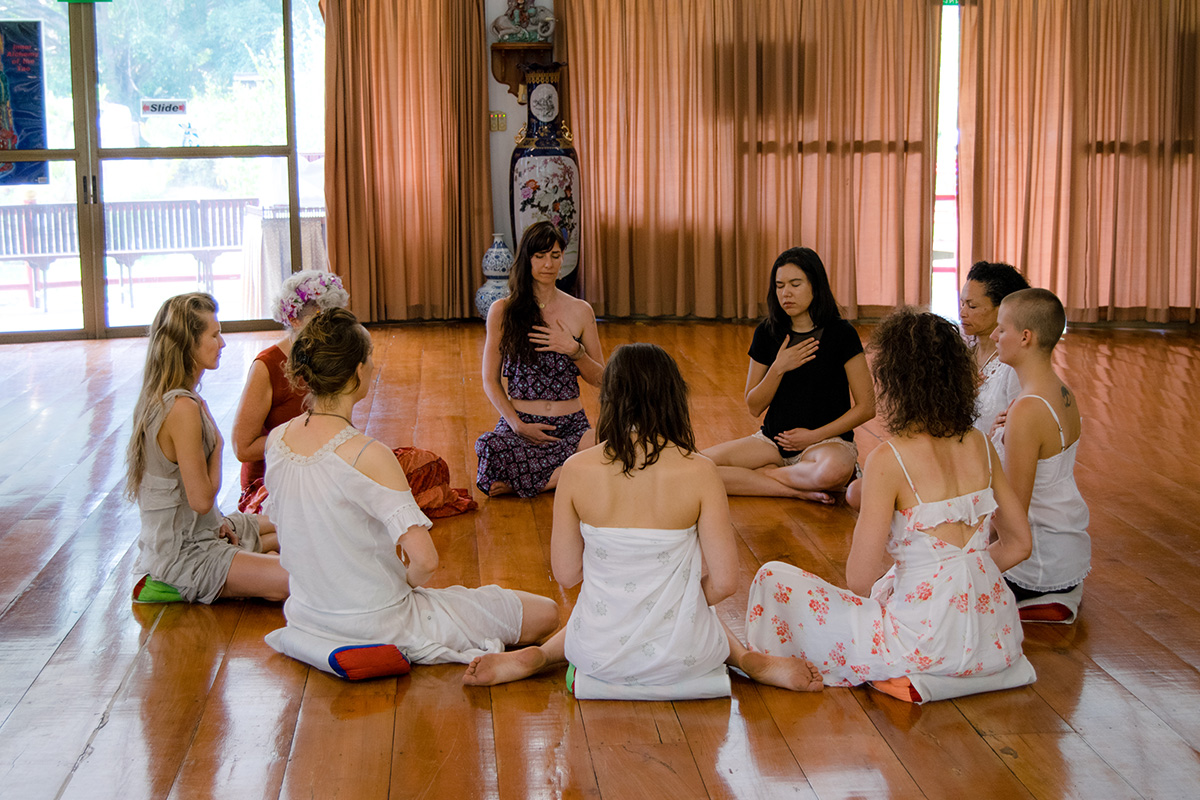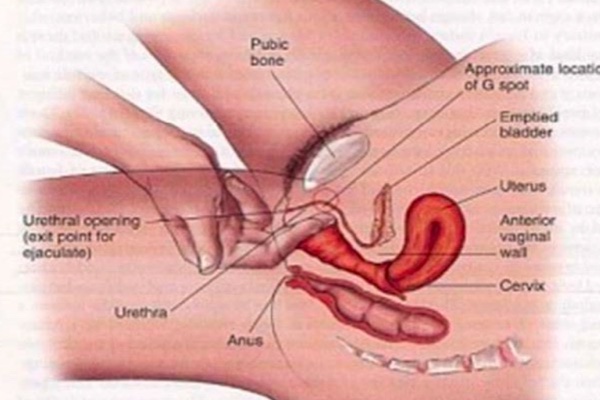How Trauma Is Stored in the Body: A Somatic Perspective

How Trauma Is Stored in the Body: A Somatic Perspective
Trauma isn’t solely a psychological imprint; it deeply affects our physical being. Modern somatic therapies reveal that unresolved emotional experiences can manifest as physical tensions, chronic pain, and emotional blockages. Understanding how trauma is stored in the body is the first step towards holistic healing.
The Body Remembers
When we experience trauma, our body’s natural response is to protect us—often by suppressing the overwhelming emotions associated with the event. These suppressed emotions don’t disappear; instead, they become embedded in our muscles, fascia, and nervous system. Over time, this can lead to:
- Chronic muscle tension
- Digestive issues
- Fatigue
- Emotional numbness
- Difficulty in forming intimate relationships
This phenomenon is often referred to as “body armouring,” where the body creates physical barriers to protect against further emotional pain.
Scientific Insights into Trauma Storage
Research indicates that traumatic experiences can lead to dysregulation of the hypothalamic-pituitary-adrenal (HPA) axis, resulting in prolonged stress responses and chronic health issues. Additionally, somatic therapy focuses on the connection between the mind and body, aiming to release stored trauma through physical practices.
Somatic Healing: Releasing Trauma Through the Body
Somatic healing focuses on the connection between the mind and body, aiming to release stored trauma through physical practices. Techniques such as verbal expression, breathwork, body movement, and conscious touch help individuals reconnect with their bodies, allowing suppressed emotions to surface and be processed.
One effective approach is Tantric-Tao bodywork, which combines ancient Eastern practices to facilitate emotional detox and trauma release. This method emphasizes the importance of creating a safe and sacred space for healing, where individuals can explore and release deep-seated emotional blockages.
The Path to Becoming a Certified Tantric Journey Educator
For those interested in guiding others through this transformative healing process, the Certified Tantric Journey Educator (CTJE) training program offers comprehensive instruction in Tantric-Tao bodywork. This 500-hour course combines theoretical knowledge with hands-on practice, covering:
- Emotional detox techniques
- Trauma release methods
- Yoni massage and prostate massage
- Pelvic de-armouring
- Client consultation and care
- Consent and boundaries
Led by Mal Weeraratne, a renowned expert in the field, the CTJE program is designed for individuals seeking personal growth, as well as professionals aiming to incorporate these techniques into their practice.
The course is open to anyone aged 21 and above, regardless of prior experience. It’s particularly beneficial for:
- Massage therapists
- Yoga instructors
- Psychotherapists
- Holistic health practitioners
- Individuals on a personal healing journey
Take the Next Step in Your Healing Journey
Understanding and releasing trauma stored in the body is a profound journey towards wholeness. Whether you’re seeking personal healing or wish to support others in their path, the CTJE training program provides the tools and knowledge necessary for deep transformation.
Learn more about the Certified Tantric Journey Educator (CTJE) training program











